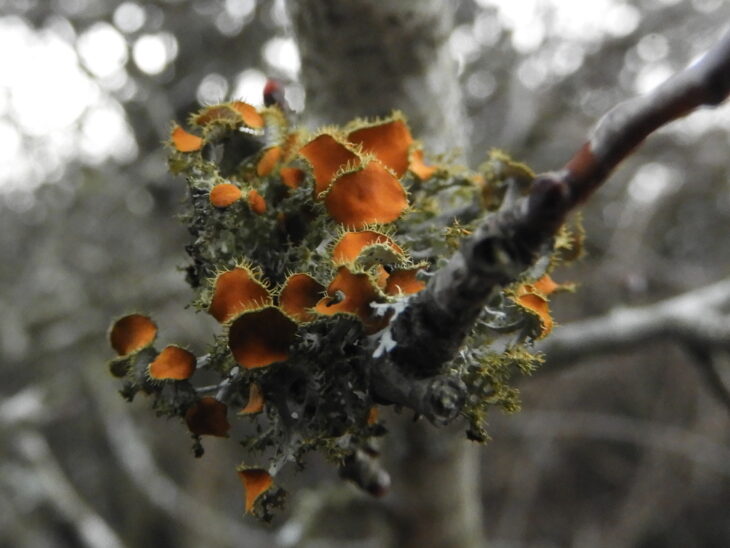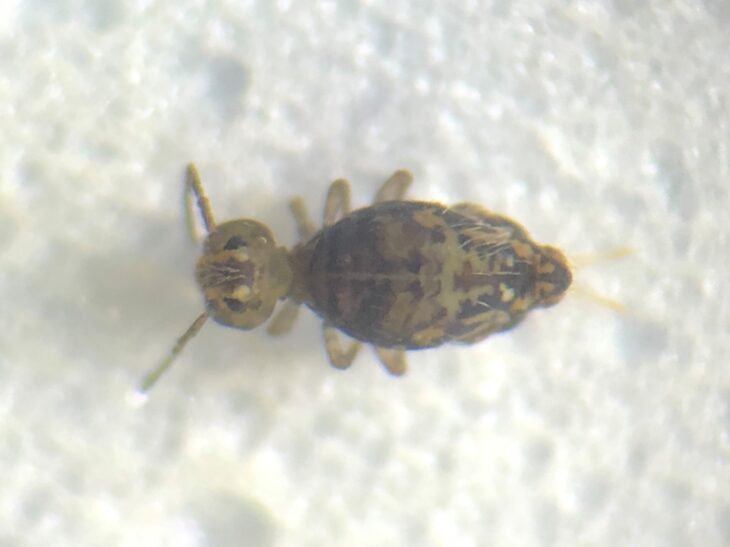Written by James McCulloch, winner of the inaugural Gilbert White Youth Award (2015)
In November 2015, I was honoured to be awarded the inaugural NBN Gilbert White Youth Award for freshwater and terrestrial biological recording. Since then, my enthusiasm for identifying and recording all wildlife I encounter has continued unabated.
At the time I received the award, I was approaching 2000 species recorded via various channels, such as iSpot, iRecord and directly to local record centres. At the time of writing, I am now nearly at the heady heights of 4000 species. As time progresses, it becomes increasingly more difficult to add new species. Those I do add tend to be from groups which are obscure or difficult to identify. As a result, the increase in species recorded is more pronounced in some groups over others. The morning after receiving my award in York, I explored the city’s walls near the fortified gateway of Monk Bar. There I observed what was at the time only my 18th lichen species, Lecanora muralis, on the magnesian limestone. In contrast, my lichen list currently stands at 126 species and includes some rarities: the south-coast specialty Teloschistes chrysophthalmus (golden-eye lichen) and the recently-described Lecanora sinuosa which was discovered as new to Britain less than a decade ago and found by me last year at my local nature reserve.

Lecanora sinuosa is just one of many examples of how you need not go far to make exciting discoveries. Only about a hundred metres away from the trunk on which I found that rare lichen, I found a similarly rare beetle, the lesser glow-worm, Phosphaenus hemipterus. This is the most northerly British record of this elusive species, and one of fewer than 20 records in more than 150 years. While this species was originally considered to be native, the most recent revision of the status of this species suggests that it is more likely to be an introduction. Although it may be difficult to say for certain, considering that the first British record of this beetle was in the 19th century, it exemplifies how important biological recording is in such as pivotal time for the world’s biodiversity.
It has become clear to me that there are two main factors driving the advent of non-native species in the UK: the increase in transport links to previously far-flung locations and the warming climate. Over the past few years I’ve been working on a project to map the records of Surrey’s springtail species and one of the most interesting parts has been observing the rapid colonisation of the countryside by various undescribed springtail taxa thought to be indigenous to Australasia. Prior to 2009, there were no records of undescribed species such as Katiannidae genus nov. sp. nov., yet in current times I can find this taxon in most garden shrubs. Thanks to the work of biological recorders, even for an under-recorded group such as springtails, one is able to draw a picture of how invasive species are spreading across our landscape and potentially altering our ecosystems.
My 12-year-old self, having just picked up my award, could have dreamt of nothing better than discovering a species new to Britain. Unbeknownst to me then, in four years this dream would be realised. However, it would be far from what I had imagined; a deadwood-feeding beetle in the pine forest of the Grampian mountain range perhaps, or an immigrant shieldbug in a sweep net at the peak of summer on the shingle at Dungeness. Instead, on 30 December 2019, I made the arduous journey to a rhododendron bush a whole ten metres from my back door and found a specimen of the undescribed springtail provisionally named Katianna sp. 8 and previously unknown from the country. I believe discoveries like this epitomise what biological recording and citizen science is all about: no matter one’s background or level of expertise, anyone can make discoveries vital for science and conservation.

